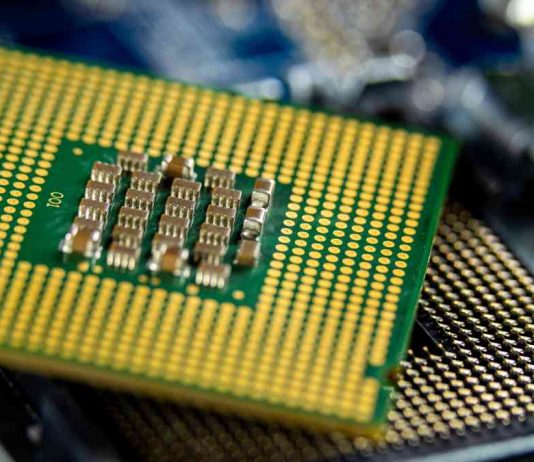India is positioning itself to become the next Taiwan in chip manufacturing, facing even more formidable challenges than its Chinese counterpart.
Taiwan currently leads the semiconductor manufacturing world, with Taiwan Semiconductor Manufacturing Company (TSMC) and United Microelectronics Corporation (UMC) at the forefront. These two giants command more than 60% of the industry, with TSMC alone holding approximately 54% of the global market share. Their success is underpinned by advanced technological capabilities and extensive manufacturing facilities, including plants in Taiwan, the United States, and China, with further expansions planned in Arizona and Japan.
However, the looming threat of Chinese intervention in Taiwan poses a significant risk to this dominance, prompting TSMC to expand beyond its home turf. This geopolitical uncertainty has opened opportunities for other Asian nations, particularly India, to step in and potentially fill the gap.
India’s entry into the semiconductor arena is marked by both ambition and challenges. The country’s economic, industrial, and technical capabilities are well-recognized, with major tech companies like Apple, Amazon, Google, and Microsoft already established there. Additionally, tech giants AMD and Foxconn are set to make their presence felt in the Indian market.
The Indian government is actively working to attract chip manufacturers, with projections from Deloitte indicating that the Indian semiconductor market could exceed $55 billion by 2026. A significant development in this direction is the planned establishment of a cutting-edge chip manufacturing plant by Micron Technology, a leading American company specializing in memory chips, in India by 2024.
Despite these promising developments, India faces a steep path to achieving mass production capabilities comparable to Taiwan. Industry analysts, including Eric Chen, suggest that it could take India a decade to reach mass production of 28nm chips, a current industry standard. The primary challenge lies in swiftly setting up the necessary infrastructure, as a state-of-the-art chip manufacturing facility typically requires at least four years to become fully operational.
While the journey is laden with challenges, the potential rewards are enormous, not just for India but for the global tech landscape.


